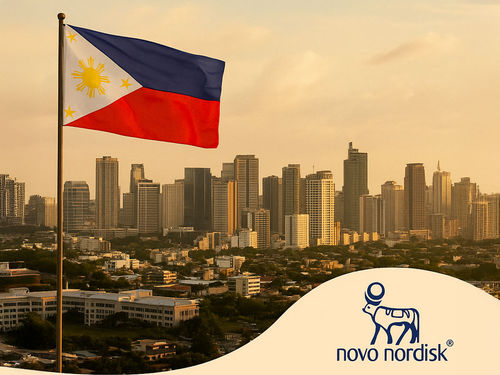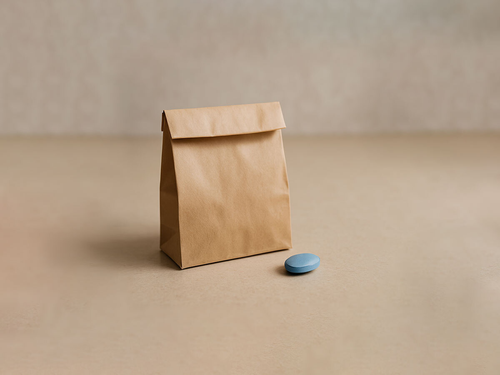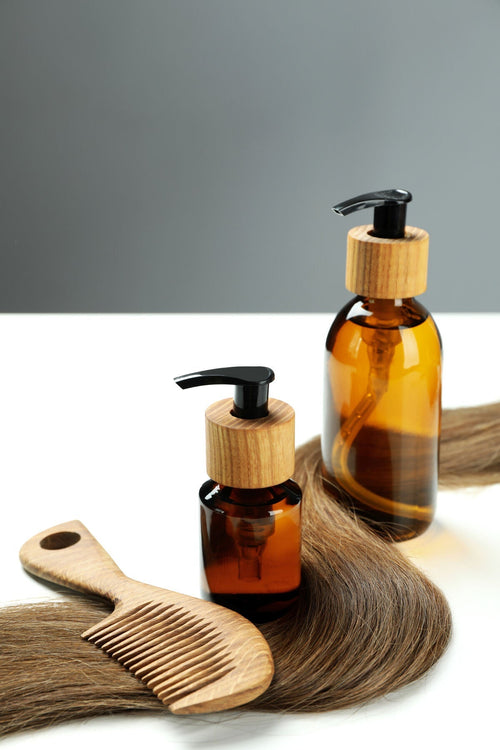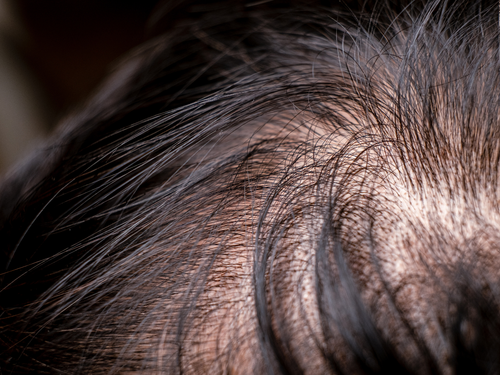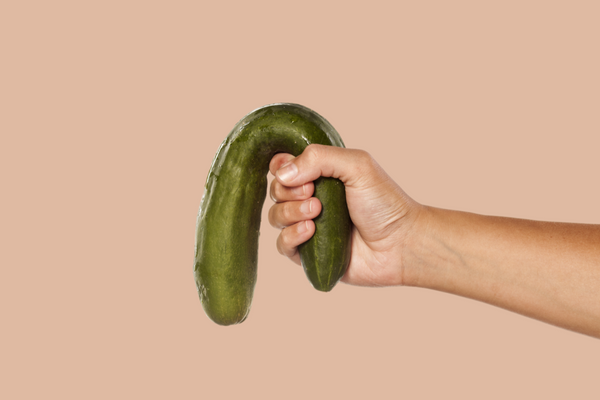

Squirting is a natural yet often misunderstood part of female sexuality that many Filipinas might find puzzling or even embarrassing to talk about. It involves the release of fluid from the urethra during sexual arousal or orgasm and is sometimes called female ejaculation. But what exactly happens when a woman squirts, and why is it such a taboo topic in the Philippines?
In this post, we explore the science behind squirting, clear up common myths, and share insights on how Filipino women can embrace their bodies and pleasure without shame. Whether you’re curious, confused, or looking for ways to enhance your sexual experience, this guide offers clear, research-backed information tailored for the Filipino audience.
What Is Squirting And How Does It Work
Squirting happens when fluid is expelled from the urethra, often during intense sexual stimulation or orgasm. This fluid is primarily produced by the Skene’s glands, sometimes called the female prostate, located near the urethra. When these glands fill up during sexual arousal, the fluid is released.
Some important details to note:
-
The expelled fluid differs from urine but can contain small traces of it, which often causes confusion.
-
Squirting is involuntary and not every woman experiences it.
-
It’s typically linked with G-spot stimulation but may occur from clitoral or other forms of sexual stimulation.
A 2022 study confirmed that squirting is a distinct physiological process, showing that the fluid composition is unique and not simply urine. Filipinas with strong pelvic muscles might notice more control or sensations related to squirting. Kegel exercises, which involve contracting and relaxing the pelvic floor muscles, can improve sexual pleasure and even assist in controlling squirting episodes.
Cultural Attitudes In The Philippines Around Squirting And Female Sexuality
The Philippines is a culturally conservative country where discussions about sex, especially female sexuality, are often private or avoided. This can make topics like squirting feel mysterious or even shameful. Many Filipinas grow up with limited or conservative sex education, leaving gaps in knowledge about their own bodies and pleasure. This creates an environment where misinformation can spread, and women might feel embarrassed or hesitant to explore their sexuality fully.
Yet, times are changing. The rise of social media, sexual health advocates, and organizations like LoveYourself are opening doors for more honest conversations. Filipino women are starting to reclaim their sexual health narratives, recognizing that pleasure and bodily autonomy are rights, not taboos. The importance of sexual wellness as part of holistic health is increasingly acknowledged in the Philippines.
Common Myths About Squirting And The Truth Behind Them
Squirting is often clouded by myths that can cause confusion or embarrassment. Here are some misconceptions:
-
Squirting is just peeing.
This is the most common myth. While squirting fluid can contain trace amounts of urine, it is mostly produced by the Skene’s glands, a different organ altogether. The fluid’s composition includes enzymes and other compounds not found in urine. -
Only certain women can squirt.
Actually, women’s bodies vary widely. Some naturally squirt, some don’t, and both are normal. It’s not an ability or skill you must acquire. -
Squirting happens with every orgasm.
Many women orgasm without squirting. The presence or absence of squirting doesn’t indicate the quality of the orgasm. -
Squirting is dirty or shameful.
Squirting is a natural bodily function, just like sweating or tears. Embracing it can lead to a healthier relationship with your body.
Understanding these truths is vital for reducing stigma and empowering Filipino women to enjoy their sexuality without shame.
How To Explore Squirting In A Comfortable Way
Exploring squirting should be a personal and comfortable journey. Here are science-backed tips to approach it safely:
-
Communicate Openly
Talk honestly with your partner about your boundaries and curiosities. This helps create trust and reduces performance pressure. -
Create a Relaxing Environment
Being relaxed lowers tension and increases body responsiveness. Use soft lighting, soothing music, and privacy. -
Use Lubricants
Adequate lubrication reduces friction and enhances comfort. Andyou offers a range of gentle lubricants formulated for sensitive skin and humid climates like the Philippines. -
Focus On G-Spot Stimulation
The G-spot, located about 2-3 inches inside the vagina on the front wall, is often linked to squirting. Stimulating it with a finger or sex toy at a steady rhythm can encourage fluid release. -
Practice Pelvic Floor Exercises
Strong pelvic muscles can enhance sensations and control. Consistent Kegel exercises help with this and also promote vaginal health. -
Stay Hydrated
Hydration affects the volume and consistency of fluids, including those related to squirting. -
Don’t Rush Or Force It
Squirting may take time or may never happen, and that’s okay. The focus should be on pleasure, not a goal.
The tropical Filipino climate requires careful attention to hygiene when exploring squirting, to prevent irritation or infections..
When To See A Doctor About Squirting Or Related Concerns
While squirting is generally harmless, some women might experience discomfort, pain, or urinary symptoms during or after squirting. These could indicate infections or other health issues that need medical attention.
If you notice:
-
Burning sensations when urinating
-
Unusual discharge or odor
-
Pain during intercourse
-
Frequent or urgent urination
It’s best to consult a healthcare provider. In the Philippines, reputable clinics such as Healthway Medical and government health centers provide accessible sexual health services. Talking openly with doctors about squirting or any sexual concerns can feel daunting but is important for maintaining well-being. Many Filipino women have found relief and empowerment through professional guidance.
Embracing Sexual Pleasure And Body Confidence In The Philippines
Squirting is more than a physical act—it’s part of a wider journey toward self-awareness, acceptance, and pleasure. In the Philippines, breaking taboos around female sexuality helps build confidence and stronger intimate relationships. Sexual pleasure is a vital component of health, and recognizing the natural diversity of bodies encourages respect for yourself and others. By understanding squirting, Filipinas can dismantle shame and embrace their sexuality with pride. Andyou supports this journey by offering guides designed for Filipinos. Remember, your body is unique and beautiful. Whether or not you experience squirting, your pleasure matters—and caring for yourself is the best way to enjoy it fully.

Explore More Guides and Articles You'll Love
Explore our latest guides and articles to help you learn more about the latest trends in the industry.

What Is NAD+ and How Does It Impact Longevity?
People in the Philippines are hearing more about NAD+ for energy, brain function, and healthy aging. NAD+ stands for nicotinamide adenine dinucleotide, a molecule found in every cell that helps turn food into energy and supports repair systems. This guide explains what NAD+ does, how levels shift with age, what research says about longevity, and where lifestyle or medical care can help.

Methylene Blue for Brain Health: What Research Suggests
People in the Philippines are hearing more about methylene blue for memory, focus, and healthy brain aging. This guide explains what the medicine is, how it might influence neurons, what human studies actually show, and which safety rules matter most before anyone considers exposure outside a hospital setting. The aim is a clear, evidence‑based overview that stays practical and safe.

Longevity in the Philippines: Science, Myths, What Studies Show
People in the Philippines hear a lot of advice about living longer, from miracle supplements to restrictive diets. Some ideas are useful, others are marketing. This guide summarizes what longevity means, which claims do not hold up, and which everyday actions have the strongest human evidence, with Philippine context to make the next step practical.

